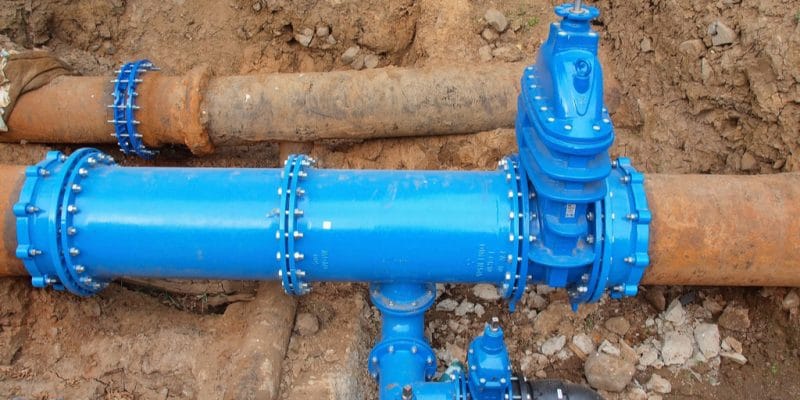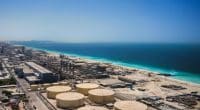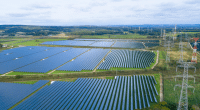Mauritania has recently launched a project to build 51 drinking water supply networks in about 100 villages in the east of the country. In these localities, 157 public latrines will also be built. The project is financed by the French Development Agency (AFD) to the tune of 12 million euros.
The project is gradually taking shape in Nema, a city located 1000 km east of Nouakchott, the Mauritanian capital. On Wednesday, October 30, 2019, the Mauritanian minister responsible for Hydraulics and Sanitation, Naha Mint Mouknass, launched a project to build 51 drinking water supply networks. Within this framework, 49 networks will be rehabilitated in the country and 157 public latrines built. According to the authorities, this measure will provide drinking water to nearly 78,000 people. At the same time, more than 170,000 Mauritanians will benefit from sanitation services.
The total cost of this project amounts to 12 million euros and is financed by the French Development Agency (AFD). This initiative was agreed as part of the emergency development programme and priority investment programme developed during the Sahel countries conference held in Nouakchott in December 2018. In addition, the Mauritanian government is developing its national strategy for achieving sustainable development objectives by 2030. The priorities chosen for this ambition are, inter alia, the exploitation of water resources, the exploitation and control of surface water and the improvement of the institutions’ activities.
In Mauritania, the level of access to drinking water increased from 44% in 2008 to 70% in 2018. Every Mauritanian consumes 58 litres of water every day. In ten years, 1,100 drinking water supply networks and 650 artesian wells have been installed. Infrastructure that benefited about 1.2 million people. Similarly, during the same period (2008-2018), the sanitation coverage rate tripled, from 20 to 65 per cent.
The daily drinking water requirements are currently estimated at about 100,000 m³. While daily production is around 55,000 m³. The main source of water supply in the country is the Trarza water table (located in the southwest of the country). In its forecasts, Mauritania wants to ensure full coverage of drinking water in the country, and this may be the reason why water access projects are flourishing on both sides of the country.
Luchelle Feukeng







